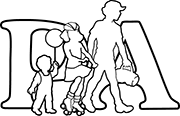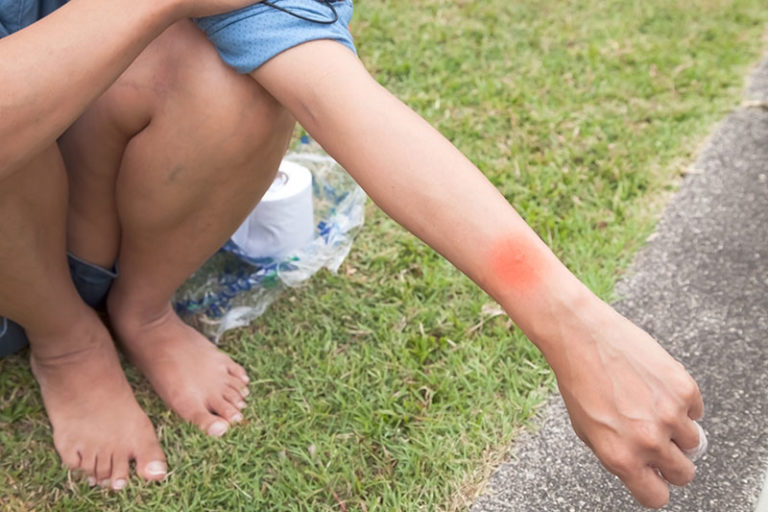With summer fun comes exposure to insect bites and bee stings. Most bites do not result in significant problems, but there are a few things to look out for. First, if your child is stung by a bee, you want to be sure that the stinger is not left behind (wasps and hornets do not leave a stinger, only bees). If the stinger is visible, scrape the area horizontally with a credit card of your fingernail to remove it. A serious allergy (anaphylaxis) to a bee sting would result in symptoms such as: hives on the skin, difficulty breathing, lip or throat swelling or fainting. If any of these symptoms arise, seek medical attention immediately. If your child has a known bee allergy, make sure they have access to an Epi-Pen at all times.
Most bites and stings are best treated by keeping them clean with soap and water, applying a cool compress or ice pack and over the counter itch cream such as Calamine lotion. (Hint: often the Calamine is even more effective if cold so you can keep it in the refrigerator). If a bite appears to be increasing in size, redness or if there is any red streaking away from the bite, you should call your pediatrician to have it looked at.
Prevention is always a good strategy (albeit difficult to achieve in the Virginia Summer) but consider applying insect repellant. Be sure to avoid combination sunscreen/insect repellant products as sunscreen needs to be continuously reapplied throughout the day and the insect repellant is not intended to be reapplied. The American Academy of Pediatrics (AAP) recommends DEET 10-30% for children over 2 months of age. Ten percent DEET provides protection for about 2 hours and 30% DEET lasts for about 5 hours – choose the lowest concentration that will provide the required length of coverage.
Paige Perriello, MD FAAP
Pediatric Associates of Charlottesville

